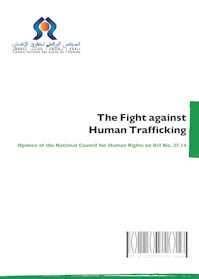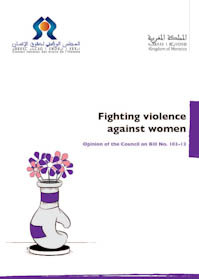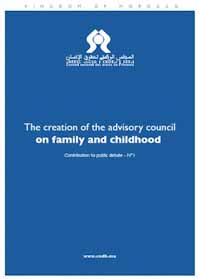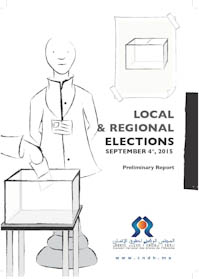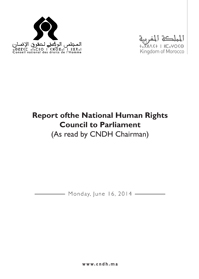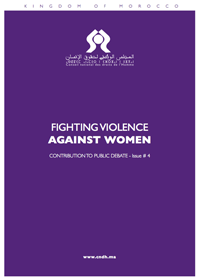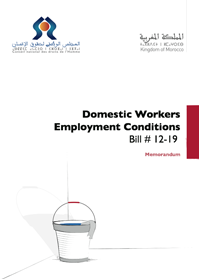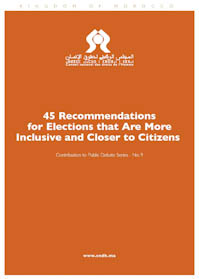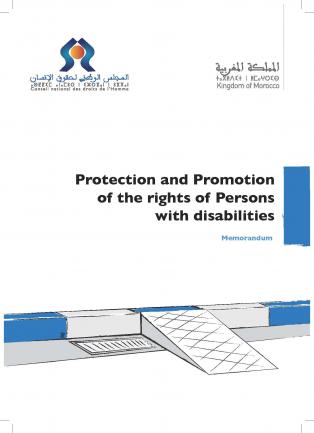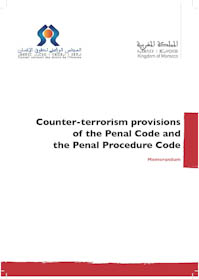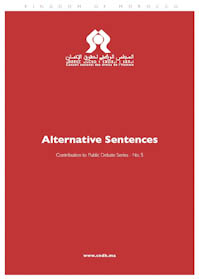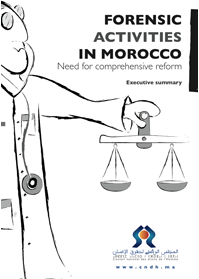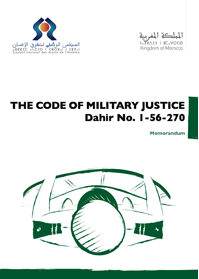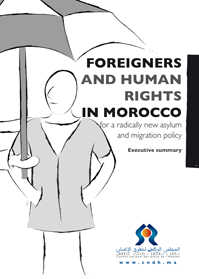IER and Work on Current History
The Equity and Reconciliation Commission (IER) adopted for its work on the current history approaches that are little different from academic approaches which are common in Moroccan and other universities. The first approach is the adoption of already-published references.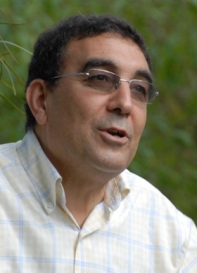
There is a second approach that rests upon the documents held by the witnesses of the period or relevant official archives. Although this approach is similar to what commonly known in historical research as the use of private or official archives and oral testimonies, it was characterized in the IER work by the fact that the subject of research in this case, which is the violence of the State in the current history, has long been a taboo in public political debate. Therefore, there were few academic research studies to address it in detail, for reasons the main of which is the role of official censorship, self-censorship, the methodical effort of State institutions to hide relevant archives or, as proven by the IER, the non-production of the archives in several cases.
The IER work in this field was not only limited to documentation of many cases through the archives of the State’s central administrations, but also the archives of local administrations that had not drawn the attention of researchers, such as archives at hospitals, morgues, cemeteries. These sources played a key role in unveiling the truth about cases of victims related to urban social protests in Casablanca and Fez (1965-1990). In addition to the political value of these results, they, in terms of research methods, contribute to draw the attention to the value of local archives as sources to address history.
The third approach is about the IER in situ investigations. The IER paid field visits to discover places that have to do with events falling within the remit of the IER. It was based on official or private archives and interviews with witnesses who lived through such events. These investigations helped to discover secret detention facilities, which made it possible to draw up the most accurate map to date of these detention centers, and pinpoint several places of burial of many victims whose fate was unknown or not documented. These are results of paramount importance in the documentation of the current history. Thanks to them, field research is held in high esteem. This research is related to direct observation and interviews which remained marginal in historical research in our universities for reasons that it is time to discuss.
Investigations have also highlighted the need to involve applied sciences in historical research as is the case with forensic medicine and archeology. Field research is based on interviews with witnesses. They were meant for gathering information about specific cases or defining the historical and political context of state’s violence. These are also research techniques that can be used by researchers.
However, the feature that makes the work of the IER different from that of researchers is public hearings, which were held with victims in public spaces and in the presence of an audience, including victims, past and today opponents and representatives of the State at central and local levels. These hearings were also broadcast on television. One of the major objectives of the mission assigned to the IER by the State was to achieve political reconciliation between victims of the State’s unlawful violence and the State who is responsible for such violence.
To accomplish this mission, the State provided the IER with financial and administrative support, which is surely beyond the reach of the researcher. The lack of support and administrative barriers to have access to information and documents constitute a major obstacle to academic field research. However, this aspect, though important, is about logistics in organizing field research. Researchers came to exceed it by making use of tricky methods to overcome several administrative barriers. These are practices which professional researchers are used to.
However, the achievement of political reconciliation as an objective of the IER field work has not been discussed enough at the academic level. The debate should first answer the following questions: Is achieving reconciliation as a goal of the current history study academically legitimate? To what extent the IER reached its goal based on the approaches adopted in addressing the current history? Did the IER seek to achieve reconciliation on the expense of the objective research in history? In other words, did it sacrifice the truth of data to achieve reconciliation? Is the method chosen by the IER to present its work (publishing the Final Report and full recordings of public hearings, while keeping written documents and audio-visual testimonies until further notice) consistent with the practices of academic research and with the goal of reconciliation?
Addressing these issues requires more space than that devoted to this brief paper. It needs broader academic views, which will undoubtedly enrich the evaluation methodical approaches to addressing history. Therefore, it requires the involvement of stakeholders in these fields of knowledge. The need for this debate is urgent today at a time when the Moroccan university is more interested than ever in the current history and methods of field investigation, and when history, the current one in particular, draws the attention of the public through what is published in the written press.
Translated by Khalid Ramli from an Arabic article by Mr. Abdelhay Moudden, a CCDH member and former IER member






